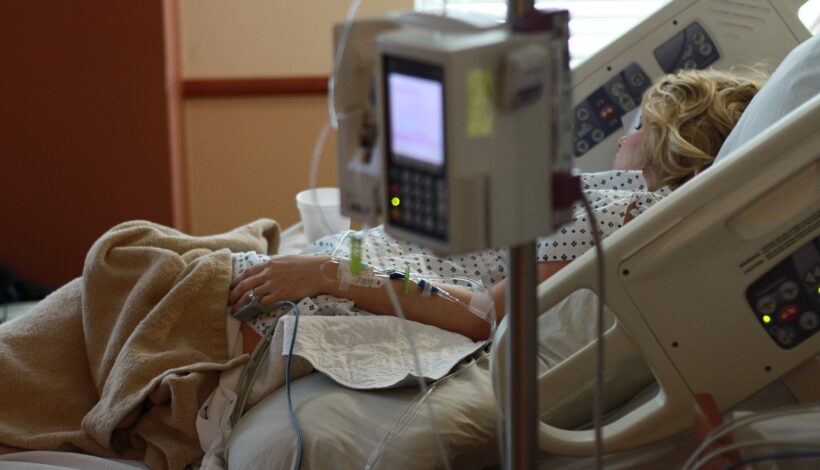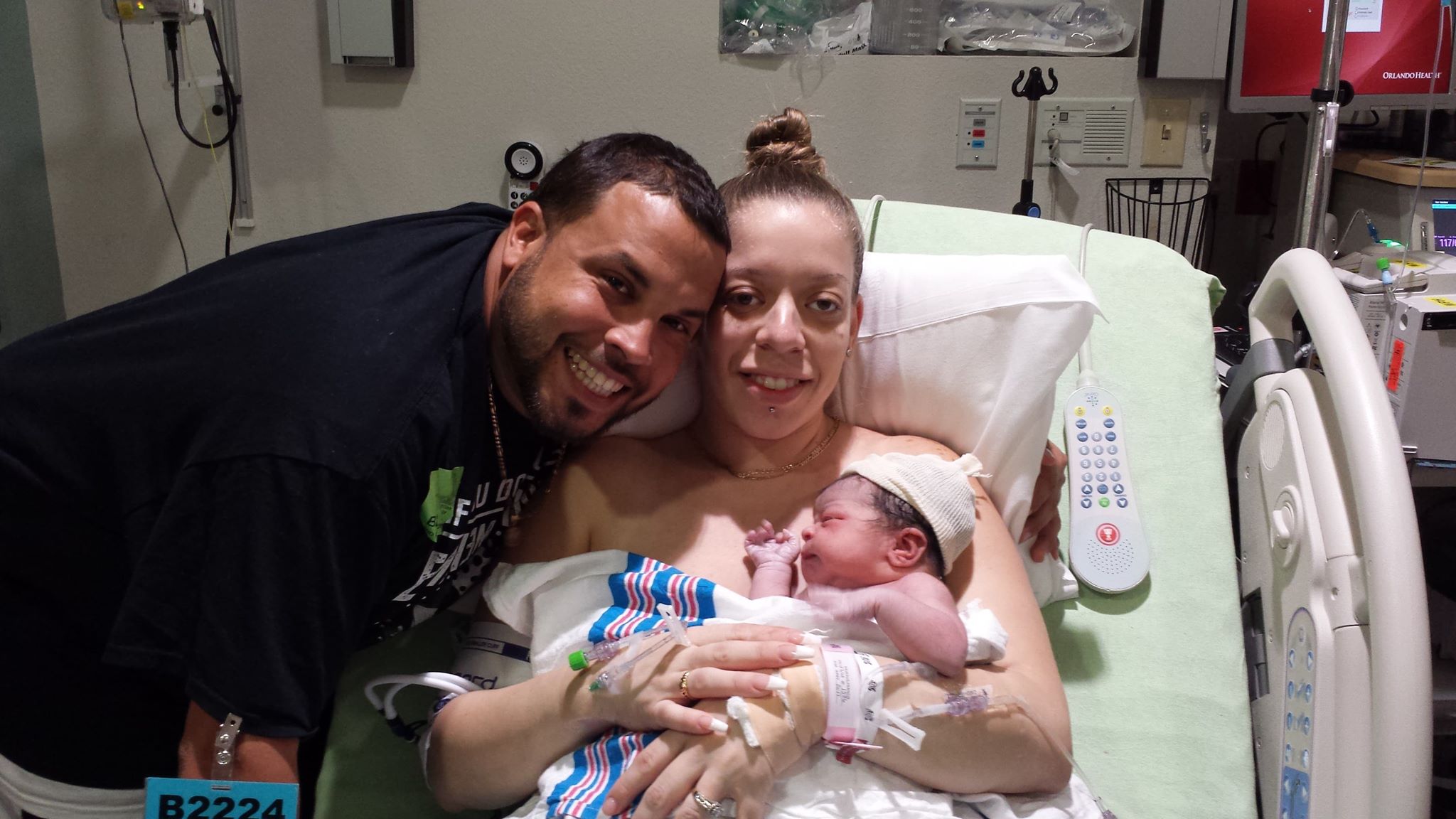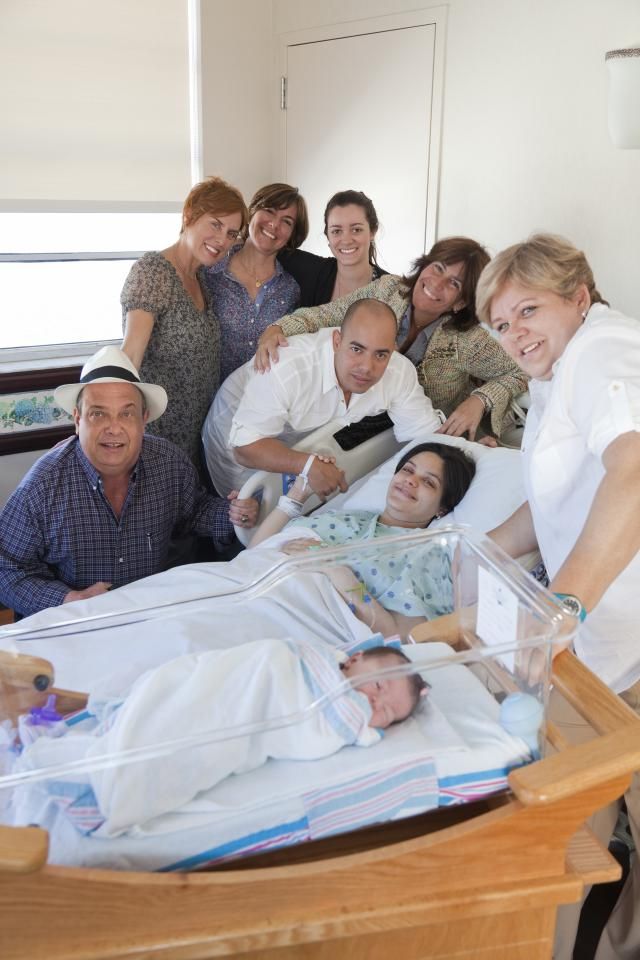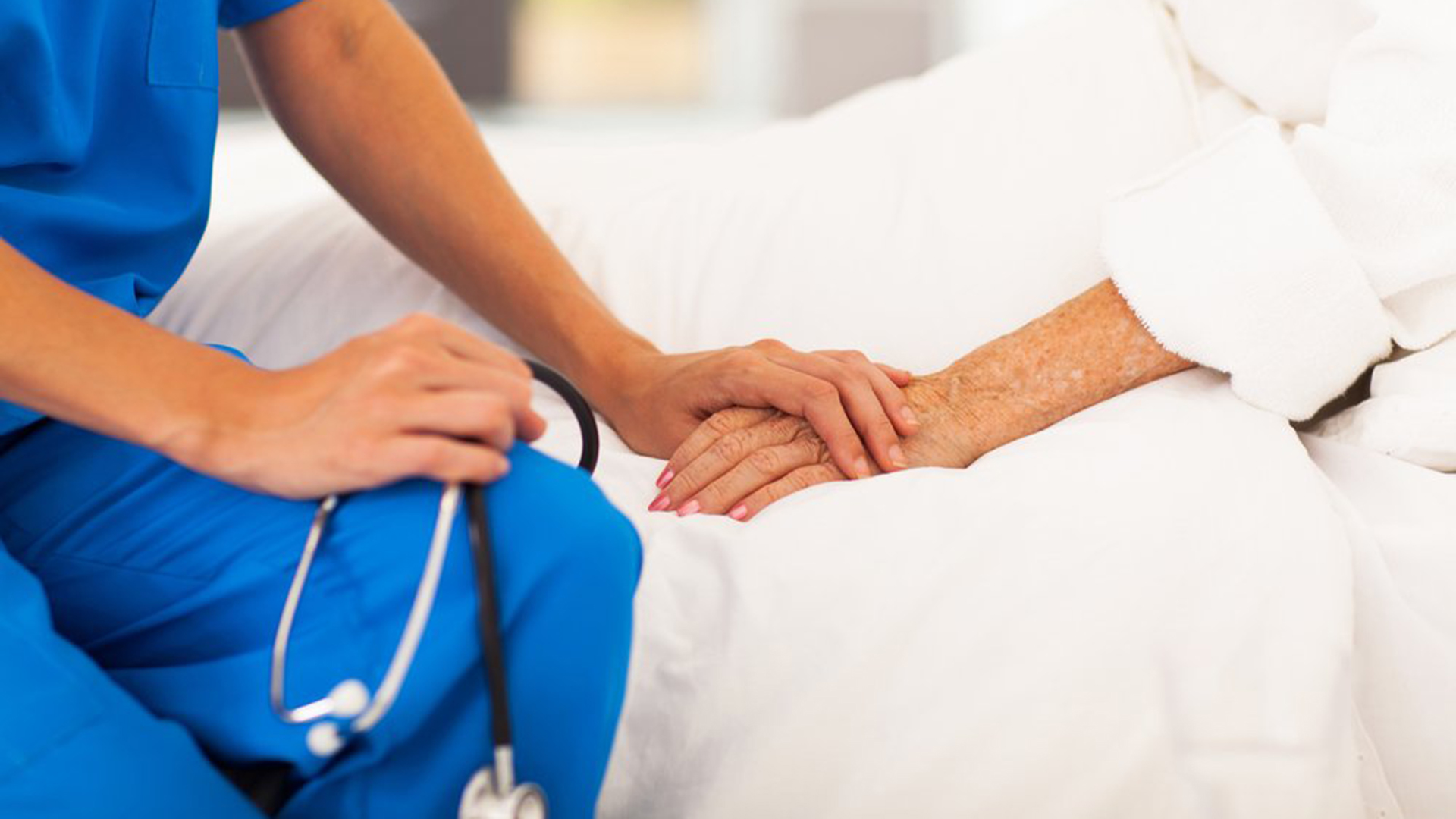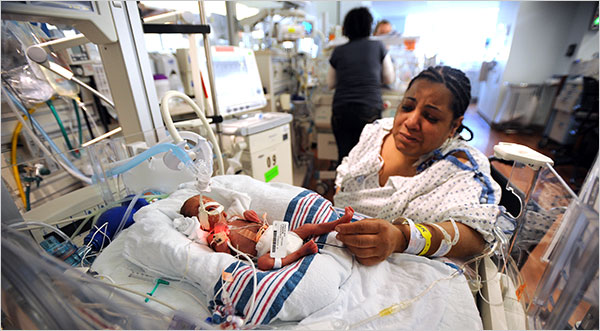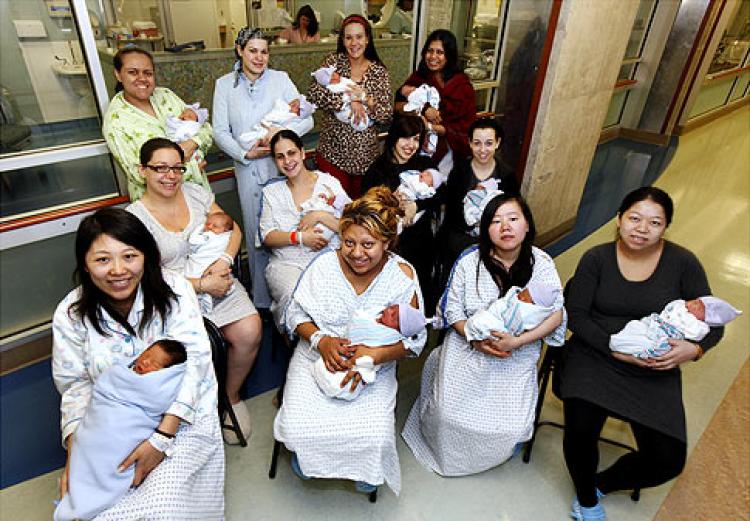Most recently I was asked to comment on whether during the second stage of labor ( which is the onset of full cervical dilation) should be passive descent vs. pushing. In my opinion, it all depends on what policy the treating practitioner uses. I worked at a high level labor and delivery unit up North where women were flown in if it was an emergency or bad delivery anticipated or trauma. But we also were a Catholic Hospital and took care of the indigent. We had a teen obstetrics clinic in the area (not related to the hospital) but it was across the street. They handled all the teenage pregnancies that came through their doors. It was managed by two very caring midwives. At this clinic, the girls not only received prenatal care but they also received information on how to take care of their babies. The girls were referred to pediatricians to get healthcare for the babies and to school counselors to help them get their GED’s. But the best part was that these midwives taught natural childbirth at their clinic. When a girl came into labor, they went into the birthing room and they did perineal massage to do natural descent. They worked with the contractions. These girls rarely had any perineal tears.
One day one of the midwives was on vacation and the other one was in the clinic and could not get there this one time and one of their girls came in almost completely dilated and effaced. The resident on duty that evening was one of the most arrogant doctors I had ever seen, he had smart remarks before he even got in the room with her. He went inside to do her exam and he rammed into her and the girl nearly jumped three feet, I calmed her down as she was a scared 15-year-old girl. She screamed and he said listen you had something much bigger in there than my finger, I quickly stated, doctor that is enough. He said, yes she is dilated, get her in the delivery room, I said that the girls go to the birthing rooms and deliver there in a more holistic approach; his reply was, we don’t have time for that garbage, get her pushing and delivered. This poor child gave birth and had tears from front to back, she was in such pain, as she could not have an epidural or pain meds since she was already effaced and 10 cm. I did not have kids at that time, but could only imagine by the grips of my hand and the tears and screaming that she was suffering. I was barely 21 years old. The midwife came finally after she closed the clinic at 7pm to check on her patient and was so angry after the patient told her what happened. She brought up the incident to the hospital administrator who placed the doctor on probation. He had a few incidents with me and some other nurses and eventually was fired from the residency at that hospital. Knowing the hospital’s practice for each unit and also what the practitioner believes is very important (Denisco & Barker, 2012). Some doctors will approach labor and delivery with a more holistic approach. This would be an approach that Jean Watson’s theory on caring would fit in to.
References
Denisco, S. M., & Barker, A. M. (2012). 25. In Advanced practice nursing: Evolving rules for the transformation of the profession (2nd ed., pp. 547-567). Retrieved from https://campus.capella.edu/web/library/home

